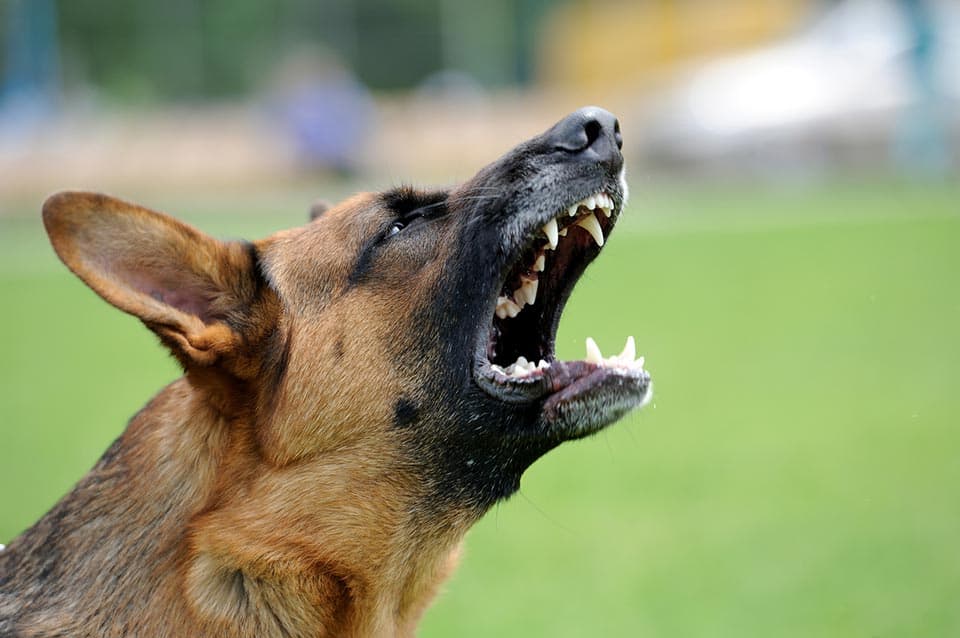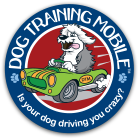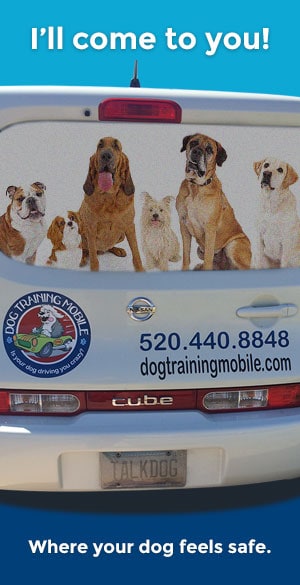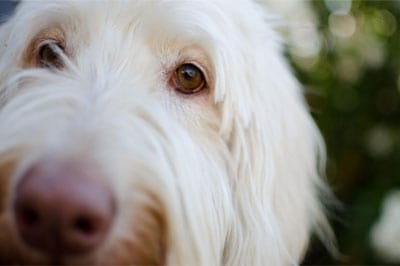Dog Aggression
- Gerard Raneri
- Jul, 21, 2015
- Behavioral Issues
- Comments Off on Dog Aggression

My goal with this information is to help you look at your dog’s aggression from another point of view, and to provide a few real-life techniques that may help you turn this behavior around. As a Tucson resident for over 30 years and working with dogs for over 20 years, I understand our unique lifestyle in the desert. In the summer our Tucson climate prevents us from spending too much time outside. For some dogs our monsoons can create fear and maybe even aggression. The lack of socialization and exercise can create increase the issues for you and your dog.
Whether the aggression is toward people or dogs, having an aggressive dog here in Tucson can alienate your entire household. Friends don’t want visit your home, and other dog walkers avoid you when you are out for a walk.
An out of control aggressive dog is embarrassing and dangerous, to say the least. First and foremost is the fact that, regardless of breed, no dog is born aggressive! Aggression is a learned behavior, the same as they learn all other behaviors.
So, what can be making your dog exhibit aggressive behaviors?
Nutrition
While surprising to many people, but often key to a dog’s behavior—aggressive and otherwise—is the food you are feeding your dog. Ingredients like soy, wheat, corn, or any type of sugars can contribute to unwanted behavior. I believe in a grain-free diet for all dogs. Learn how to read pet food labels, and talk to your Tucson-area vet about your dog’s diet.
Dog-Dog Aggression
Since aggression is a learned behavior, a dogs’ aggression to other dogs may be rooted in his past, such as if he was ever attacked by another dog or was not properly socialized. Whatever the reason for the behavior, your dog will need to be re-educated to tolerate being around other dogs without attacking them or being stressed.
Re-education begins with a strong foundation of basic obedience. Your dog should be able to sit, stay, come when called, and walk to heel. If he does not know these fundamentals, your journey will be longer, but you will create an even stronger bond with your dog. If he is able to respond to basic commands, with or without distractions, you can move to the next stage.
Here’s one way that I may work with an aggressive dog to help re-educate them: Keep in mind it all depends on the dogs temperament and the way the dog responds to the owner.
First, be prepared to start slowly in an area considered neutral territory, such as a park or a friend’s yard. I often recruit a submissive but trained dog to help.
Keep both dogs on a six-foot leash. If necessary, the subject dog is muzzled to ensure everyone’s safety. Always begin by keeping plenty of distance between the subject dog and the recruited dog. Just how distant depends on the subject dog’s comfort level when the recruited dog is near. He’ll tell you when he’s comfortable. Watch his body language and look for signs that he feels safe, such as his tail is in a relaxed position, and he’s calm and not barking.
Once you see how much space he can tolerate from the other dog, you can start to work with your dog—walk to heel, sit, stay and come when called. The goal is to gain his focus. Once that happens, move a little closer to the recruited dog. Again, proceeding slowly is key. Sometimes you can only get five feet closer in a week’s time; it all depends on how trusting your dog is.
Remember we are building on three main ingredients of bond, trust and mutual respect. Our goal is to teach your dog that you are the true pack leader, and show him that you will keep him safe from harm.
Dog-People Aggression
While a dog that is aggressive toward people can be extremely challenging to work with, the effort to re-educate him is extremely worthwhile. Seeing these dogs begin to relax as they learn to trust humans is one of the most rewarding things I experience as a Tucson dog trainer.
In most cases, a human-aggressive dog is fearful. Remember that aggression is the symptom of the problem. The root of the problem may be fear.
As there are many variables in dog-to-human aggression and it can quickly become dangerous, it’s recommended to always keep a safe distance from the aggressive dog.
The owner must earn the right to correct this type of dog. In other words, you have to get the foundation in place. If this type of dog isn’t listening to basic sit and come commands, why would he listen when adrenaline is surging through him?
It can take some time to get this dog to see you as the pack leader, or it can happen fast. At Dog Training Mobile we teach more than how to correct the unwanted behavior. We will teach you how to ensure your bond, trust and mutual respect are in place. We believe that using pain and fear to train is NOT the answer.
The following are some safe ways I begin to work with a human-aggressive dog; please note that you should not conduct these exercises without a professional dog trainer present unless you are in complete control of the situation and can prevent harm to yourself or others.
When I come into a Tucson home with an aggressive dog, I make sure the dog is leashed or outside. Once the dog calms down, I may drop a few treats on the floor. Do not have the treat handed to the dog as this can get you bitten.
Do not make eye contact. Dogs see eye contact as a direct threat from an outsider. If the dog growls, the owner should correct him, NOT the outsider. The outsider should ignore the dog while the owner corrects using a calm, matter-of-fact correction. Some dogs get amped up when corrected too harshly and it can make the situation worse.
A dog’s temperament plays a huge role on how we correct and even praise—we always want to praise if the dog is behaving appropriately. Also, when the owner corrects and the dog responds appropriately, the dog should be praised. Not a crazy loud praise. Just subtle, soft praise—but no pats at this point for a people-aggressive dog.
Next, you can redirect him and maybe have the outsider drop a few more treats.
Another good way to gain trust is on walks. Many times I come to a client’s house and see the dog is very protective. So I have the client leash up the dog and walk, and as we walk, I will drop treats. Now the dog sees me as less of a threat.
We believe that treats are best used for trust-building, not training. Some dogs will focus all their attention on the food and couldn’t care less about the human or what they want.
A Few Points to Remember
First, think like a canine.
Dogs cannot think like a human. So we must think like them to better understand them and solve their problem.
Keep in mind there are no absolutes in dealing with an aggressive dog, much depends on the dogs response and the owners response and ability. You may have a dog that respond right away while another dog takes longer and maybe a different technique works better. So we can’t lock ourselves in.
The goal is to build the bond, trust and mutual respect.
This is the main foundation of your relationship.
If you have an aggressive dog in the Tucson area and would like some help, feel free to contact me so we can discuss your personal situation.




